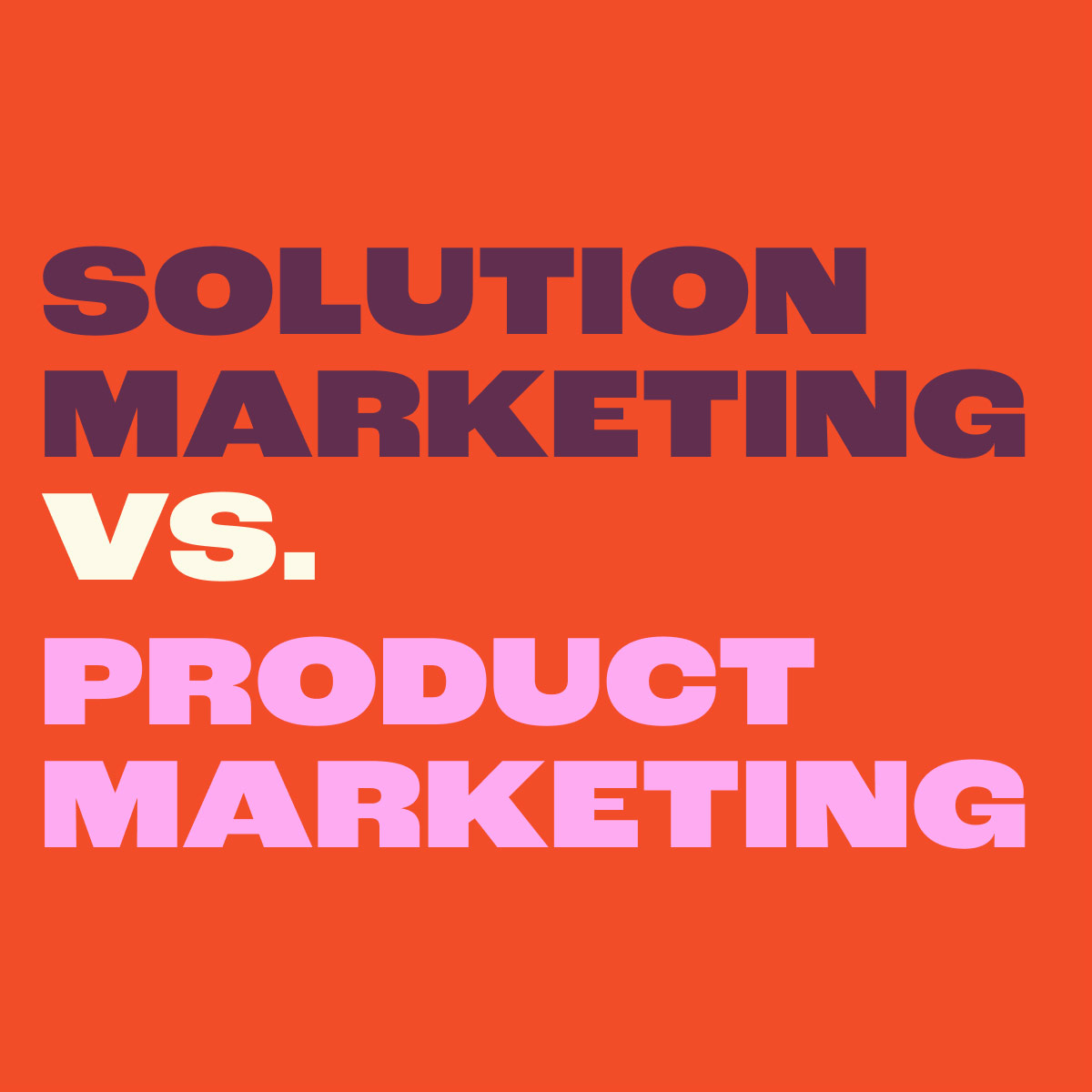If you’re as old as me, you may remember scratch-and-sniff ads. You’d simply scratch the ad and be immersed in the aroma of freshly baked Toll House cookies or an alluring perfume, stimulating your appetite or nausea depending on the potency.
This sensory tactic never really went beyond food and fragrance advertising or direct mail. That is, until now.
Today’s technology is allowing us to integrate smells into brand communications in more creative ways than ever before. And it’s hooking audiences by the nose.

In Heathrow Airport, a “scent globe” emits scents from places like Thailand, Japan, Brazil, and South Africa when you push on the respective country. Brazil has notes of coffee, rainforests, and jasmine, while Thailand treats us with lemongrass, ginger, and coconut. The hope is that people will follow their noses to these destinations on British Airways or other airlines that serve this hub.
Dunkin’ is taking their smells on the road by installing coffee aroma atomizers on Dunkin’-branded buses in South Korea. Imagine you’re on your way to work, you hear a Dunkin’ radio commercial, catch a whiff of coffee, and you see the Dunkin’ out the window. Boom—impulse purchase. In fact, Dunkin’ saw a 16% spike in visitors at shops on the bus routes where vehicles were equipped with the atomizers.
Some companies enhance their scent experiences with technologies or ideas that connect with other senses. McCain foods created a poster that smells like a baked potato and is warm to the touch. Unilever placed clear hydro-chronic ink stickers in spa showers that turned into vibrant purple orchids when the water was turned on and their orchid shower gel was used.
Of course, the most common use of scent marketing is at the point-of-purchase.
Retail stores, hotels, restaurants, grocery stores, senior living communities, car dealerships, and offices of every kind are emitting aromas into the air to create a more positive brand experience and stimulate purchases. Even medical and dental offices are using olfactory branding to create feelings of relaxation and confidence.
Part of the reason scent branding is so successful is that our sense of smell is wired into our memory and emotions. Smells can remind us of a positive experience or arouse a good feeling that can trigger a purchase or at least brand affinity.
There’s no question scent marketing is an impactful way to engage your audience and build your brand.
The only question is: what does your brand smell like and how can you bring it to life in exciting ways? If you want some help, just let us know. We have a nose for these things.


